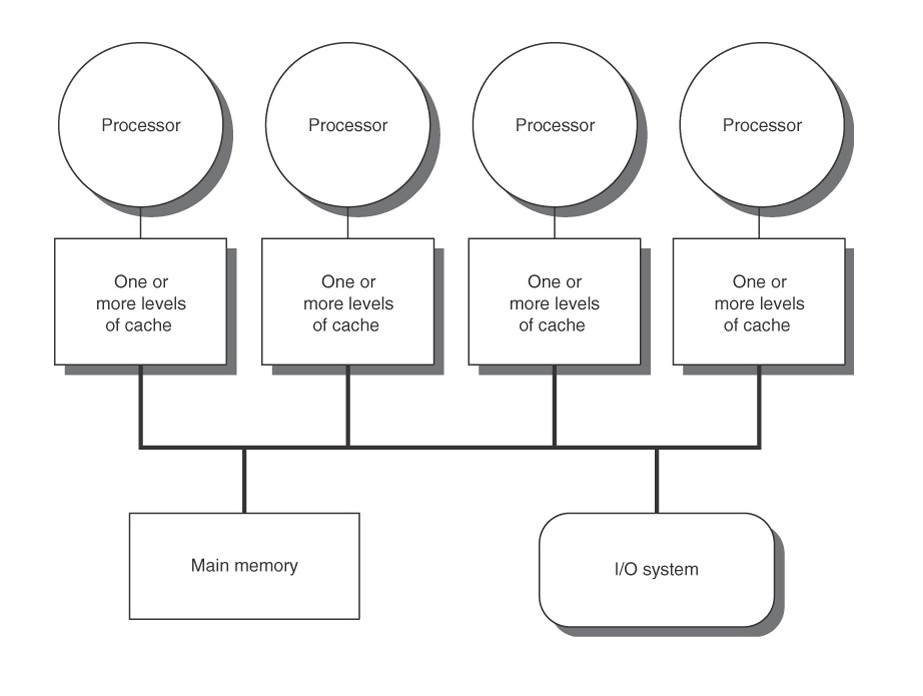CSC 456 Spring 2012/ch7 MN
Introduction
Though the migration from uniprocessor system to multiprocessing systems is not new, the world of parallel computers is undergoing a continuous change. Parallel computers, which started as high-end super-computing systems for carrying out huge calculations, are now ubiquitous and are present in all mainstream architectures for servers, desktops, and embedded systems. In order to design parallel architectures to meet programmer's needs and expectations more closely, exciting and challenging changes exist. The three main areas which are being considered by scientists today are: cache coherence, memory consistency and synchronization.
Cache Coherence Problem

In a system with single processor (single core), maintaining cache coherency is simple and easy but in a multiprocessor system, it is not as simple. Data can be present in any processors cache and protocol needs to ensure that the data is same in all caches. If it cannot ensure that all the caches are same, then it needs to flag a cache line indicating that it is not updated.
In the figure shown here, this is a 4 processor shared memory system where each processor has its own cache. Supposed processor P1 reads memory location M1 and stores it in its local cache. Then, if P2 reads same location memory location then M1 gets stored in P2’s cache. Now, if P1 changes value of M1, two copies of same data, residing in different caches will become different. When P2 operates on M1, it uses the stale value of M1 that was stored in its cache. It is responsibility of Cache Coherence Protocol to prevent this. Hardware support is needed to provide a coherent view of data in multiple caches. This is known as write propagation requirement.
One may think that cache write policy can provide cache coherence but it is not true. Cache write policy only controls how a change in value of cache is propagated to lower level cache or main memory. It is not responsible for propagating changes to other caches.